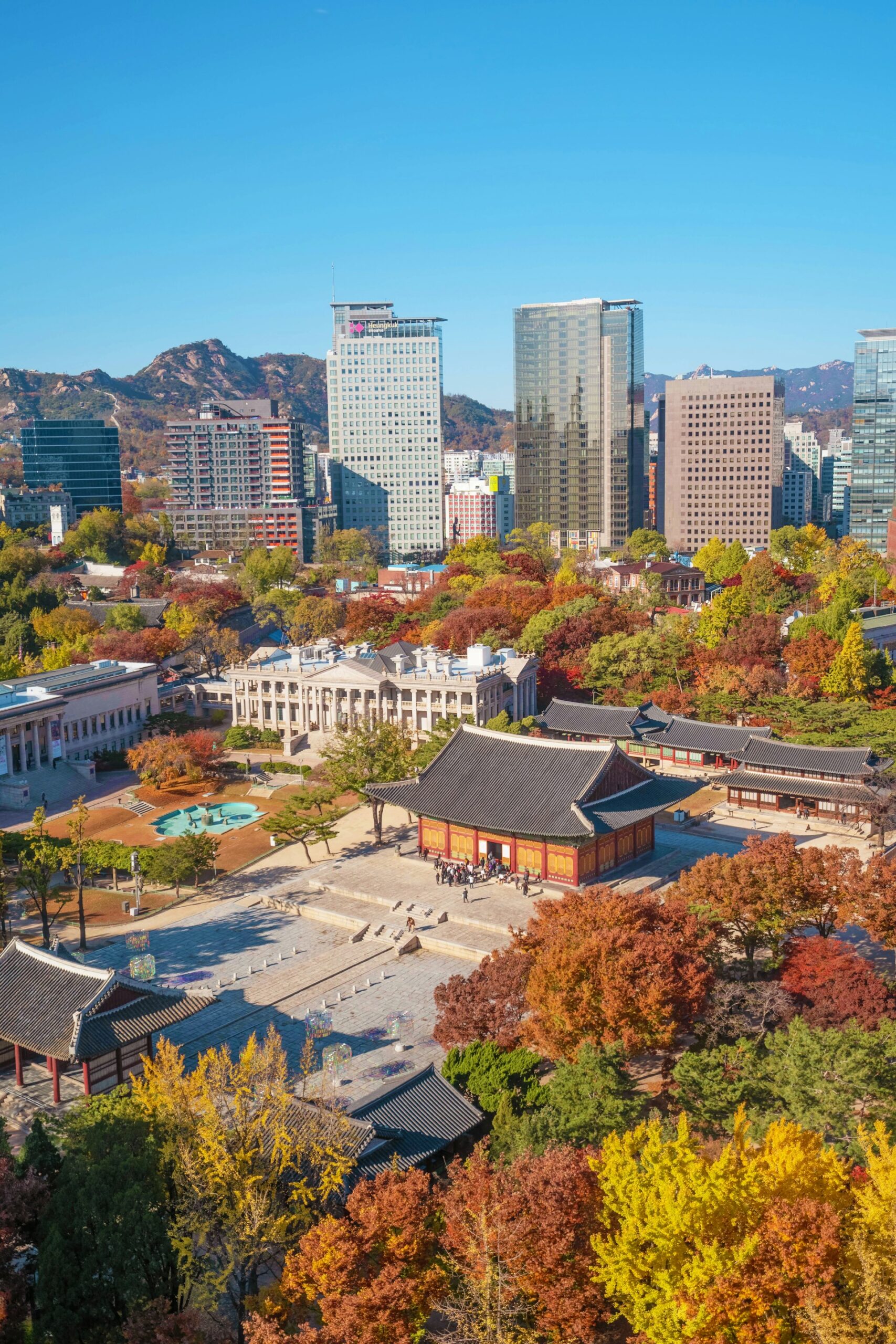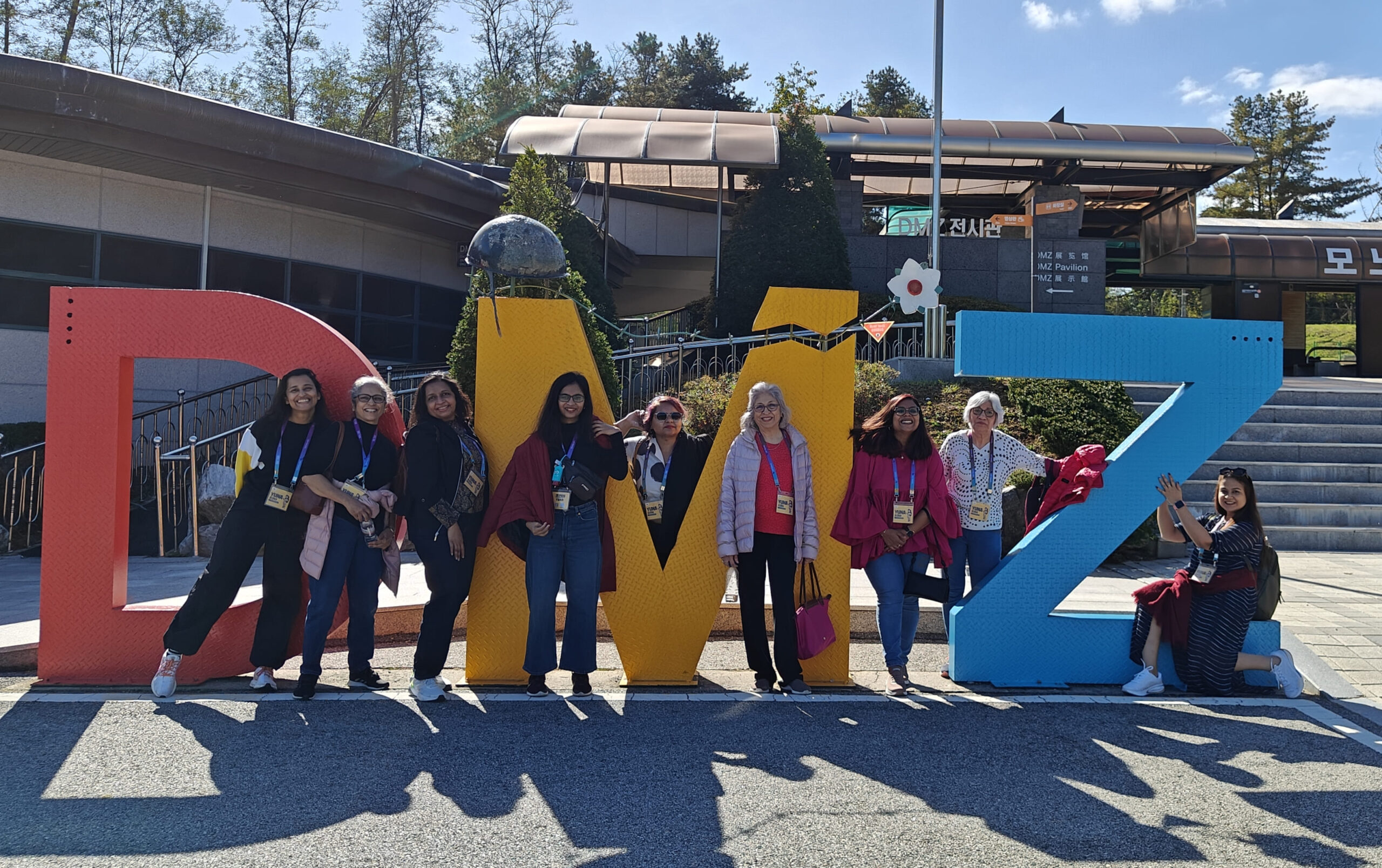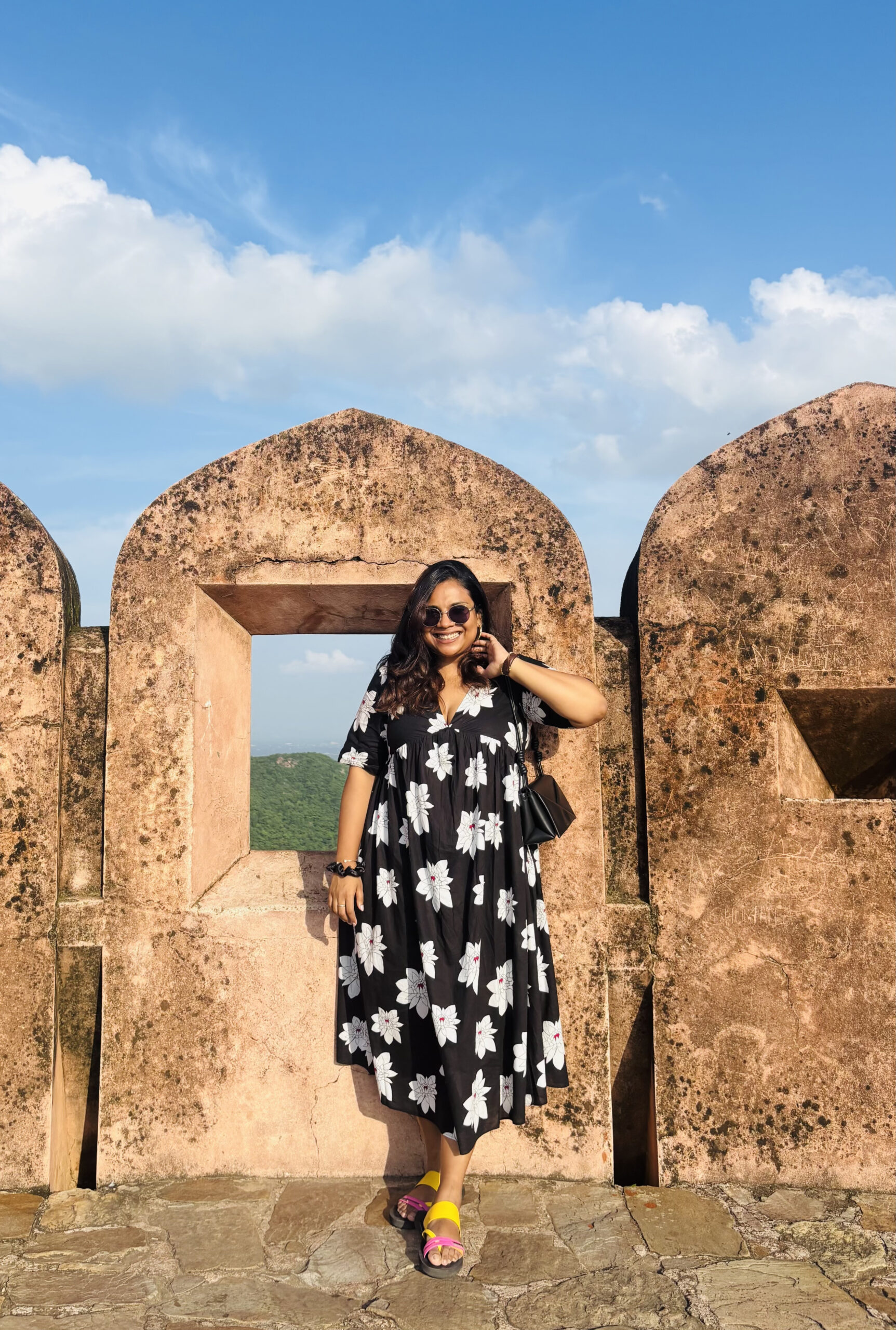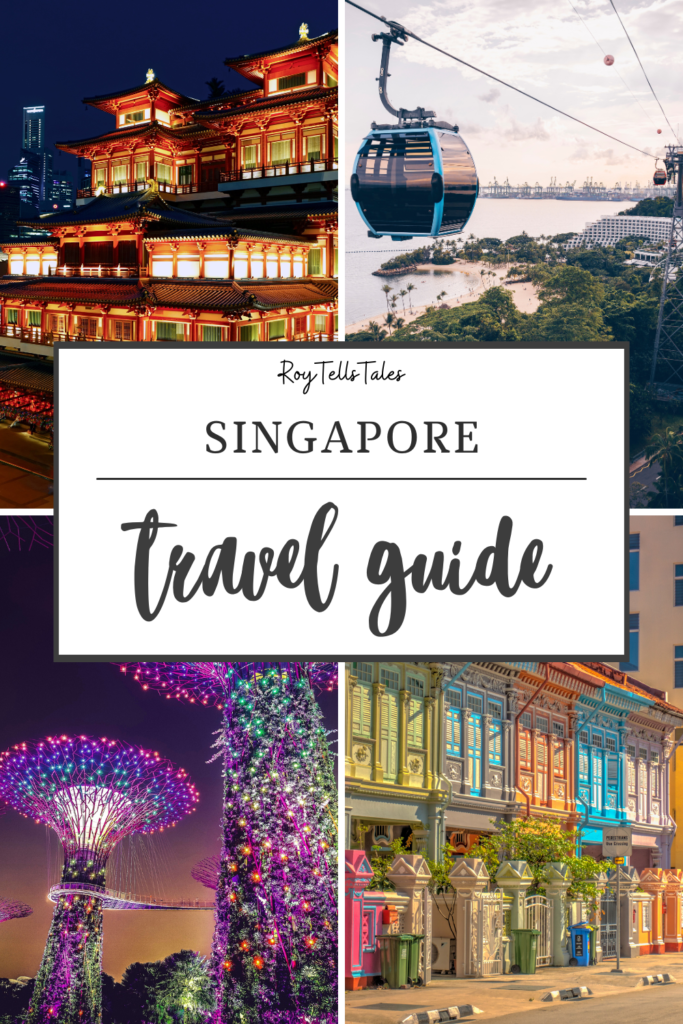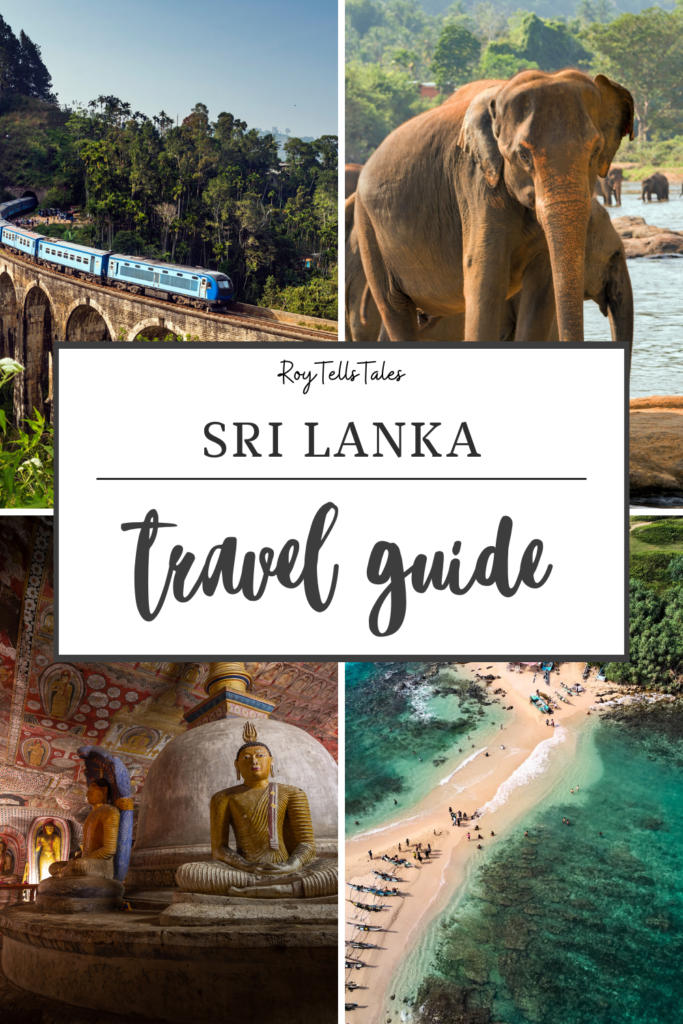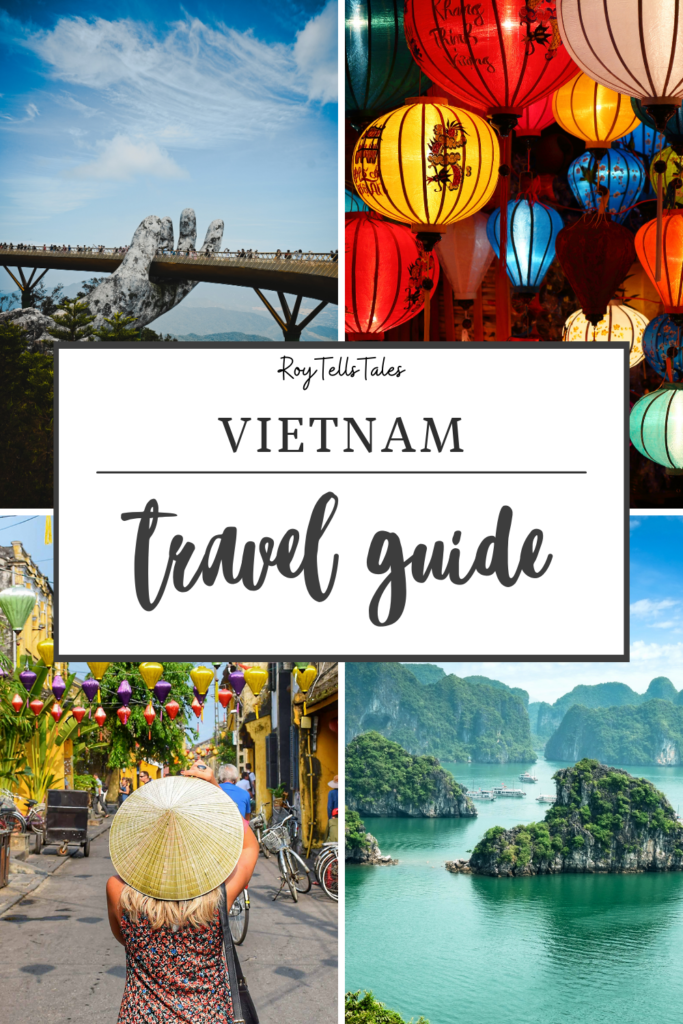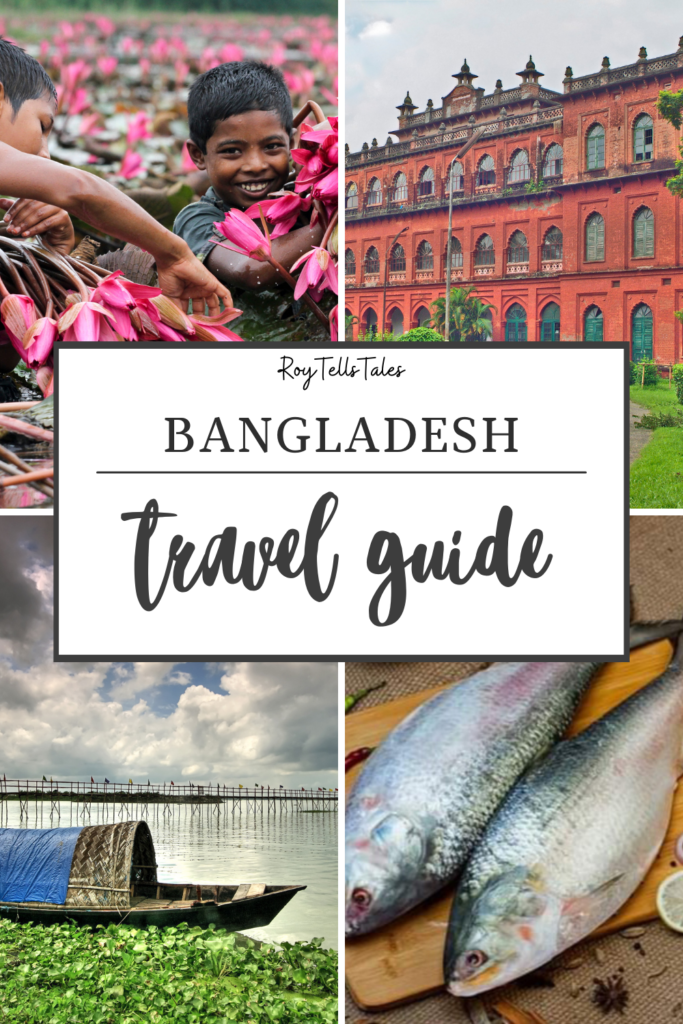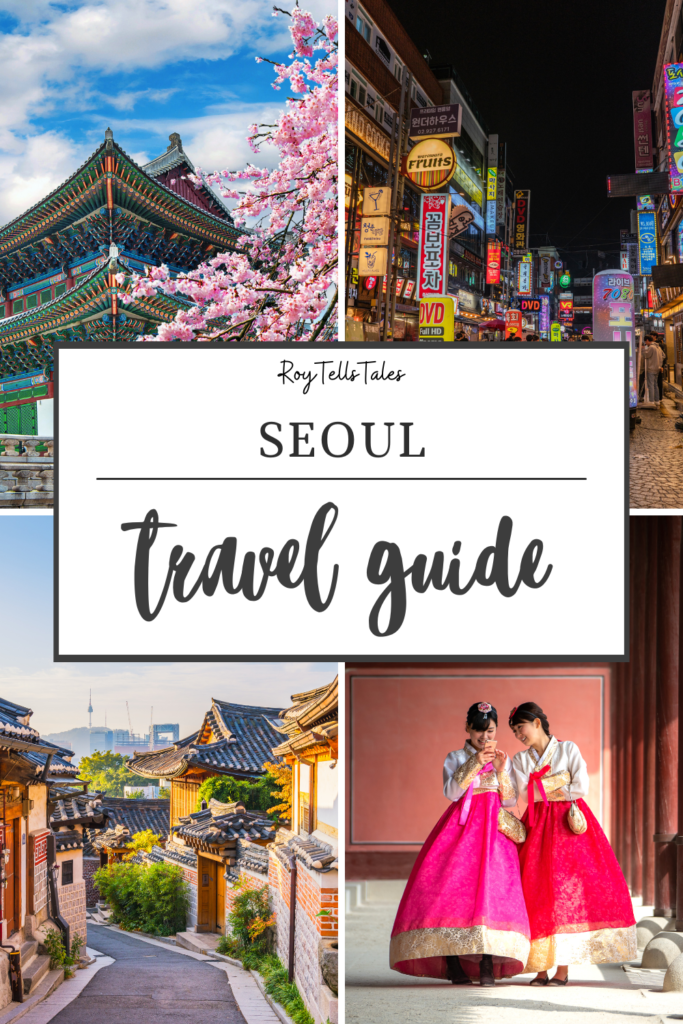A Haven for Foodies — From Sizzling BBQ Joints to Vibrant Street Markets

If you visit South Korea and don’t eat your way through it, you’re doing it wrong. The country is a culinary playground that caters to every craving—whether you’re a street food enthusiast, a fine-dining connoisseur, or someone who just wants to slurp a perfect bowl of noodles at 2 a.m.
Start in Seoul, where the food scene is as dynamic as the city itself. You’ll find everything from smoky Korean BBQ joints in Mapo, where locals grill marinated meats over hot charcoal, to bustling markets like Gwangjang, where vendors serve crispy mung bean pancakes (bindaetteok) and chewy Mayak gimbap (mini seaweed rice rolls). In neighbourhoods like Ikseon-dong, trendy cafés blend traditional ingredients with modern aesthetics—think matcha lattes served in Hanok-inspired spaces.
Head south to Jeju Island, and the cuisine shifts to highlight the sea and the land. Fresh abalone porridge, black pork BBQ, and seafood hot pots are just the beginning. I still remember the quiet thrill of eating grilled cuttlefish at a beachside stall while the sun dipped below volcanic cliffs. Jeju’s food is rustic yet refined, flavours that reflect the island’s unique geography and slower pace of life.
In Busan, South Korea’s coastal gem, food takes centre stage. Jagalchi Fish Market is an unmissable experience, where you can choose live seafood and have it cooked fresh on the spot. The city’s signature dish, milmyeon (cold wheat noodles), is a refreshing must-try, especially in the summer. And don’t skip the street stalls near BIFF Square, where spicy tteokbokki, hotteok (sweet stuffed pancakes), and skewered fish cakes warm you up after a stroll by the sea.
Why it’s worth it:
To visit South Korea is to eat your way through its cities and stories. Each region brings its own flavour, and the sheer variety, from humble market eats to speciality regional dishes, means there’s always something new to discover with every bite.
Pop Culture Powerhouse: K-pop, K-dramas, and Fashion-Forward Streets

Travelling to South Korea can feel like stepping into a real-life set if you’ve ever been hooked on a K-drama or caught yourself humming a BTS song. The country’s influence on global pop culture is undeniable, and once you’re there, you start to understand why. K-pop isn’t just music, and K-dramas aren’t just entertainment, but they’re deeply woven into daily life, street style, and even tourism.
In Seoul, you’ll find entire neighbourhoods pulsing with this cultural energy. Head to Hongdae or Gangnam, and you’ll see stylish locals dressed like they’ve stepped out of a music video—think oversized blazers, pastel palettes, platform sneakers, and perfect hair. You might hear the latest NewJeans or Stray Kids track playing overhead in a random convenience store. Even subway stations are filled with fan ads celebrating idol birthdays or comebacks, turning everyday commutes into mini pop culture exhibitions.
Want to feel like you’re in your favourite K-drama? Visit filming locations like Namsan Tower (from My Love from the Star) or take a romantic stroll through Bukchon Hanok Village, where period dramas often come to life. But perhaps the most authentic experience is in Hongdae, a vibrant youth district where K-pop dance flash mobs frequently happen in public spaces. You’ll see groups of fans dancing in sync to the latest hits – sometimes even performing the choreography better than the idols themselves!
Why it’s worth it:
Travelling to South Korea lets you dive into the heart of a cultural wave that’s taken the world by storm. Whether you’re dancing in the streets of Seoul, shopping for idol merch, or simply soaking in the everyday glam of K-fashion, the country offers an experience that’s as vibrant, stylish, and addictive as the pop culture it creates.
Charming Hanok Villages, Coastal Towns, and Serene Mountain Trails
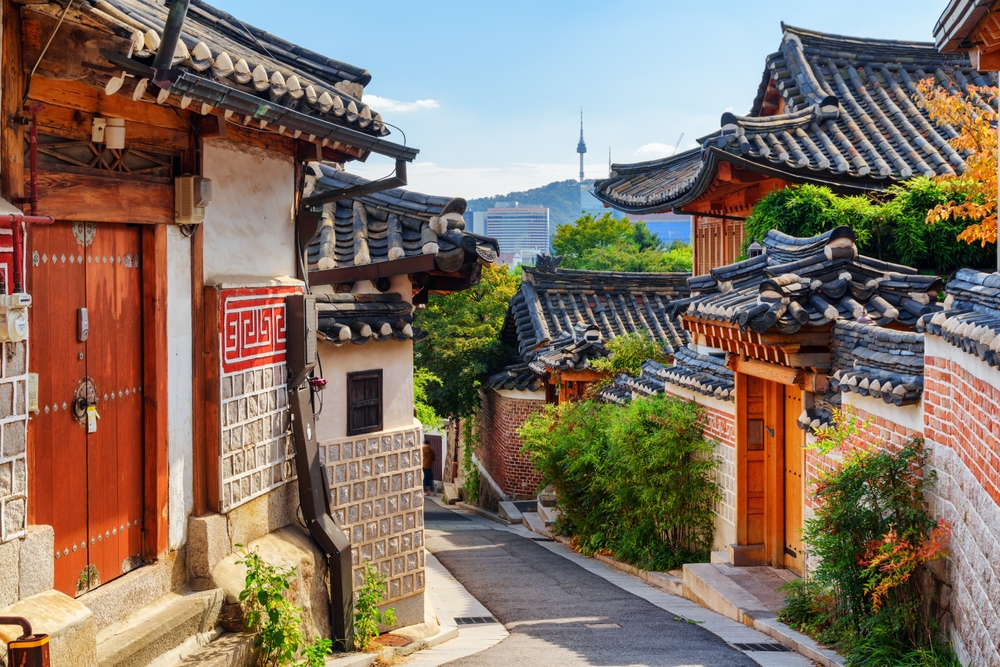
South Korea isn’t just about its buzzing cities—it’s also a land of tranquil beauty and peaceful escapes, where you can connect with nature and history equally. The hanok villages are one of the country’s most enchanting experiences, offering a glimpse into traditional Korean life. With their curved tiled roofs and wooden beams, these ancient villages transport you to a time before skyscrapers and neon lights.
In places like Jeonju or Andong, you can wander through well-preserved hanok homes, some of which have been turned into cosy guesthouses, called hanok stays. These stays let you sleep on traditional wooden floors, with heated Ondol flooring beneath you and views of lush courtyards surrounded by ancient trees. It’s the perfect blend of rustic charm and cultural immersion.
If you’re craving a coastal escape, Jeju Island is a must-visit. Known for its volcanic landscapes, Jeju offers a striking contrast of rugged cliffs and serene beaches. You can hike up Hallasan, the island’s dormant volcano, then relax in a seaside café with a cup of Jeju’s famous green tea. The coastal towns of Busan, with their beautiful beaches and fresh seafood markets, also provide an escape from the urban grind. Here, you can enjoy a slow walk along the beach or take a scenic ferry ride around the coastal cliffs.
South Korea’s mountain trails are an absolute highlight for those seeking serenity. The Bukhansan National Park near Seoul offers stunning views of the city below. At the same time, Seoraksan, a little farther to the east, rewards hikers with breathtaking landscapes, especially in the fall when the foliage turns a fiery red. Whether you’re into leisurely strolls or challenging hikes, the mountains here are perfect for reconnecting with nature.
Why it’s worth it:
South Korea is a country of contrasts. Within a short distance of its vibrant cities, you can explore peaceful villages, coastal retreats, and mountain landscapes. Whether you’re staying in a traditional hanbok, hiking a mountain trail, or enjoying the coastal breeze, these escapes are an essential part of the South Korean experience.
Nightlife That Ranges from Quiet Soju Bars to High-Energy Club Scenes

When the sun sets in South Korea, the energy shifts from the streets to the vibrant nightlife that offers something for everyone. Whether you’re in the mood for a laid-back evening with friends or an all-night dance party, visiting South Korea guarantees a night out like no other.
Start your evening with a visit to a soju bar, where you can enjoy the local drink of choice—soju, a smooth rice-based alcohol—paired with savoury side dishes like kimchi or grilled meats. Small, intimate bars in neighbourhoods like Itaewon or Hongdae line the streets, each with its own vibe. Here, you’ll find locals and travellers alike sipping on their drinks, enjoying casual conversations, and even joining in on a round of karaoke. These places are perfect for those looking for a more relaxed experience where the focus is on good company and conversation.
But if you’re in the mood for something more energetic, head to one of Seoul’s famed nightclubs in Gangnam or Sinchon, where the beats are loud, and the crowd is ready to dance. K-pop, EDM, and hip-hop fill the air as the night goes on, with international DJs often taking over the decks.
The neon-lit streets pulse with excitement, and the clubs buzz with youthful energy until the early morning hours. In Busan, the coastal city known for its vibrant nightlife, you’ll find beach clubs with stunning sea views, offering a mix of chill lounges and high-energy dance floors.
Why it’s worth it:
A trip to South Korea means you get to experience both sides of nightlife – from the intimate and cosy soju bars to the heart-pumping energy of clubbing in Seoul. It’s the perfect place to enjoy a night out with various atmospheres, ensuring that every mood and every moment can be celebrated in style.
Is South Korea Worth It? Absolutely.

Whether you’re a culture enthusiast, a food lover, a solo traveller, or a nightlife seeker, South Korea offers something unique to discover and fall in love with. It’s where ancient traditions and cutting-edge technology, serene mountain trails and neon-lit streets, hanok villages and high-rise skyscrapers all exist side by side, each telling a story.
During my 12 days in South Korea, I was mostly in awe. I felt like I had barely scratched the surface, and I knew there was so much more to explore and experience.
And given the chance, I’ll definitely return to South Korea.
So, is it worth visiting South Korea? Without a doubt. Go for the culture, stay for the contrasts. Go for the traditions, stay for the innovation. But most of all, go with an open mind and a sense of adventure – South Korea will welcome you with its vibrant energy and endless layers of discovery.
